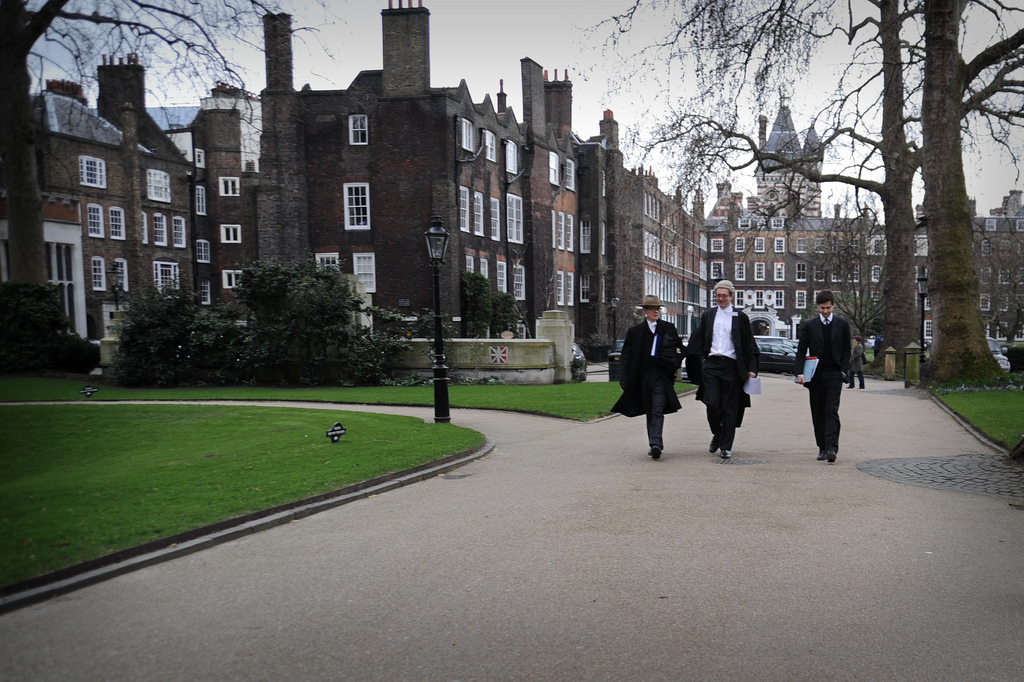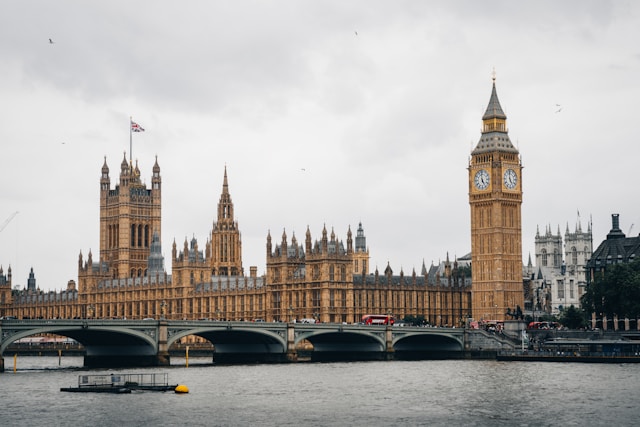
Business Law and Practice Part 2 – Companies 101
December 11, 2012
BPTC Applications
December 17, 2012A case involving 170 men alleging historical sexual abuse by teaching brothers at a Catholic school has the potential to extend the boundaries of vicarious liability for educational institutions.
The Catholic Child Welfare Society and others (Appellants) v Various Claimants and The Institute of the Brothers of the Christian Schools (Respondents) [2012] UKSC 56 on appeal from [2010] EWCA Civ 1106 considered two points. First, the type of relationship that can give rise to vicarious liability at law; second, the connection that linked the relationship with the wrongful act or omission.
The facts
The Institute of the Brothers of the Christian Schools (‘the Institute’) was founded in 1680 with the mission to teach children. Its members are lay brothers of the Catholic Church. The question arising in this appeal is whether the Institute is responsible in law (vicariously liable) for alleged acts of sexual and physical abuse of children by its members between 1952 and 1992 at St Williams, a residential institution in Market Weighton, Yorkshire, for boys in need of care (‘the School’).
The Institute did not own the School, which was founded in 1865 by a group of Catholic benefactors and run locally as a reformatory school for boys. In 1933 it became an approved school for boys convicted of custodial offences under a group of managers. Brothers from the Institute taught at the School alongside lay teachers. A brother always acted as headmaster of the School. In 1973 the School became an assisted community home for children in the care of the local authority, managed by the Middlesbrough Diocesan Rescue Society until 1982, and thereafter by the Catholic Child Welfare Society (Diocese of Middlesbrough).
In 1990 the headmaster of the School, Brother James, was expelled from the Institute after it was discovered he was guilty of systematic sexual abuse of boys in his care. In 1993 and 2004 he was convicted of numerous counts of serious sexual offences against boys over a period of 20 years. The School was closed in 1994. Claims have been brought by 170 men in respect of abuse to which they were allegedly subjected whilst at the School by Brother James and by other brothers. The claims are against two groups of defendants. The first group consists of the managers of the school from 1973, who inherited the statutory liabilities of the former managers and entered into contracts of employment with the brother teachers (‘the Middlesbrough defendants’). The second group consisted of members of the Institute (‘the Institute defendants’).
The High Court held that the Institute defendants were not vicariously liable for the acts of abuse committed by brothers at the School. The Court of Appeal upheld that ruling. The Middlesbrough defendants appealed to the Supreme Court.
The judgment
The Supreme Court unanimously allows the appeal. It holds that it is fair, just and reasonable for the Institute Defendants to share with the Middlesbrough Defendants vicarious liability for sexual abuse committed by the brothers.
The changing law of vicarious liability for unincorporated associations
The law of vicarious liability has developed recently to establish a number of important propositions which were discussed in the judgment of Lord Phillips at paragraph 20.
- It is possible for unincorporated associations (such as the Institute) to be vicariously liable for the wrongful acts of its members.
- It is possible to be vicariously liable even if the wrongdoer’s act is in breach of the duty he owes to the person liable and even if the act was the criminal offence of sexual assault.
- It is possible for two or more different defendants each to be vicariously liable for a single wrongful act.
The two-stage test for establishing vicarious liability
At paragraph 21 Lord Phillips stated that the criteria to be demonstrated to establish vicarious liability involved a synthesis of two stages: first, whether the relationship between the member and the Institute was one which was capable of giving rise to vicarious liability and, second, an examination of the connection that linked the relationship between them with the member’s wrongful act or omission.
When an unincorporated association may be treated as corporate and therefore liable
The Institute relied on the fact that the Middlesbrough defendants entered into contracts of employment with the brothers and managed and controlled both them and the School. They contended that the absence of these critical features meant that the relationship between the brothers and the Institute could not give rise to vicarious liability.
At paragraph 33, Lord Phillips ruled that the Institute was an unincorporated association, but because of the manner in which it carried on its affairs Lord Phillips considered that it was appropriate to approach the case as if it was a corporate body existing to perform the function of providing a Christian education, able to own property and other assets through charitable trusts.
Stage 1: The nature of the relationship
When two sets of defendants are potentially vicariously liable for the act of a wrongdoer it was necessary to give independent consideration to the relationship of each set in order to decide whether they should be liable (paragraph 45).
The relationship between the Institute and the teaching brothers at the School had all of the essential elements of that between an employer and an employee. The teaching activity was undertaken because the brothers were directed by the Institute – it was in furtherance of the mission of the Institute and the manner in which the brother teachers were obliged to conduct themselves was dictated by the Institute’s rules. The fact that they were bound to the Institute by their vows rather than by a contract and had transferred all their earnings to the Institute, did not make a material difference (paragraphs 56–58). Thus, the first stage of the test for vicarious liability was satisfied.
Stage 2: The relationship with the wrongful act or omission
Stage 2 of the test is usually satisfied when a wrongdoer does something he has been required or requested to do pursuant to his relationship with the defendant in a manner that is negligent. However, sexual abuse can never be a negligent way of performing such a requirement.Where abusers have been members of a church or religious order, what has influenced the court has been the fact that the relationship has facilitated the commission of the abuse by placing the abusers in a position where they enjoyed both physical proximity to their victims and the influence of authority over them as teachers and men of god (paragraph 84). The necessary close connection between the relationship of the defendant and the wrongdoer is established where a defendant, whose relationship with the abuser allowed the defendant to use the abuser to carry on its business, did so in a way which created or significantly enhanced the risk of abuse (paragraph 86) (emphasis added).
In this case it was judged that the Institute placed the brothers in teaching positions and in particular the position of headmaster, responsible for running the School. The boys living on the premises were particularly vulnerable, not just as children in a school, but because they were virtually prisoners and would have difficulty making credible allegations of abuse because of their personal histories (paragraph 92). The status of a brother was no doubt treated by the managers as an assurance that children could safely be entrusted to his care. The placement of teacher brothers in a residential school thus greatly enhanced the risk of abuse by them if they had a propensity for such misconduct. This was not a borderline case and it was fair, just and reasonable for the Institute to share vicarious liability in this case with the Middlesbrough Defendants (paragraph 94).





